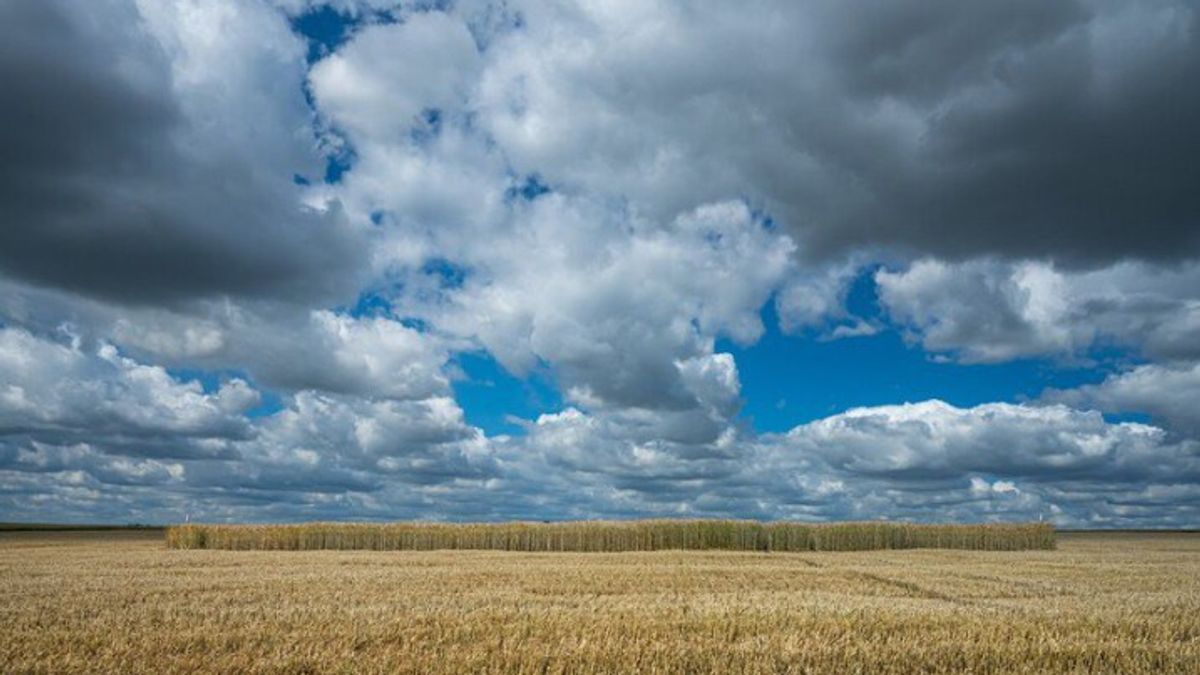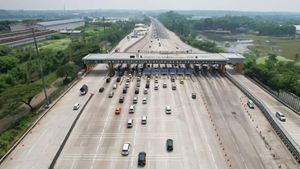YOGYAKARTA - Agriculture in Indonesia is strongly influenced by various natural factors, one of which is wind conditions. However, there are still many who do not know that there are several types of wind that affect agriculture in Indonesia.
Winds play an important role in agricultural cycles, especially in influencing weather and seasons. In Indonesia, there are several types of winds that have a significant impact on the agricultural sector.
Understanding these types of wind can help farmers determine the time to grow and harvest, as well as the right farming technique.
The following is an explanation of several types of wind that affect agricultural conditions in Indonesia:
Muson wind or monsoon is one of the most famous and influential types of wind in Indonesia. This wind changes its direction periodically every six months. There are two types of muson winds that affect the climate and agriculture in Indonesia, namely the west muson wind and the east muson wind.
Angin muson barat terjadi pada bulan November hingga Maret. Angin ini membawa vap air dari Samudera Hindia, sehingga menyebabkan curah hujan tinggi di wilayah Indonesia.
During the west muson, Indonesia enters the rainy season. High rainfall is very beneficial for plants that need a lot of water, such as rice. Therefore, the time of the west muson wind is the right time to start the rice planting season in rice fields that depend on rainwater.
On the other hand, the east muson wind occurred from June to September. This wind blows from Australia which is dry and causes the dry season in Indonesia. During this period, rainfall is minimal.
When the winds blow, some areas in Indonesia can even experience severe drought. This is a challenge for farmers who grow crops that require a lot of water.
But on the other hand, the east muson wind also brings benefits, especially for plants that are more resistant to dry conditions such as corn and nuts. Farmers also usually take advantage of this period for harvest plants that have been planted in the rainy season.
Pasat wind is a steady wind moving from the northeast to the southwest in the northern hemisphere and. This wind also blows from the southeast to the northwest in the southern hemisphere.
In Indonesia, passover winds generally blow throughout the year and affect weather conditions in various regions, especially in coastal areas. Although the wind does not always bring rain, this wind helps in the distribution of heat and water vapor that plays a role in the formation of clouds and rain.
In areas that are in the flow of the pasat wind, such as the east coast of Sumatra and most areas of Sulawesi, this wind can affect planting time and harvest. Farmers in this area often adjust their agricultural patterns according to the direction and strength of the pasat wind.
In addition to the winds of musons and pasat winds, Indonesia also has local winds that affect agriculture, such as land winds, sea winds, and valley winds. These winds tend to be more specific to certain areas and can affect local weather patterns.
Land wind blows from land to sea at night, while the sea wind blows from the sea to land during the day. Sea wind can carry moisture that helps maintain soil moisture. On the other hand, dry ground winds can affect the evaporation rate and humidity of the soil.
The valley wind blows from the valley to the top of the mountain during the day. Meanwhile, the mountain wind blows from the top of the mountain to the valley at night. This wind affects the air temperature which is important for horticultural plants, such as vegetables and fruits that require cool temperatures.
Although rare, strong winds such as cyclones and local tornadoes can sometimes affect agriculture in Indonesia. This wind can damage plants that are in their growth period.
In addition, strong winds can also cause damage to agricultural infrastructure, such as greenhouses and irrigation channels. Therefore, farmers must be aware of the potential for strong winds, especially in certain seasons.
SEE ALSO:
That is the explanation of the type of wind that affects agriculture in Indonesia. By understanding the types of wind that affect climate and weather in various regions, farmers can take appropriate steps to optimize agricultural products. Also read the different puttings of tornadoes and tornadoes.
Follow other interesting articles too. If you want to know other interesting information, don't miss the monitoring and keep up with the updated news from ERA and follow all the social media accounts! Make You Understand, Make You Comfortable...
The English, Chinese, Japanese, Arabic, and French versions are automatically generated by the AI. So there may still be inaccuracies in translating, please always see Indonesian as our main language. (system supported by DigitalSiber.id)
















